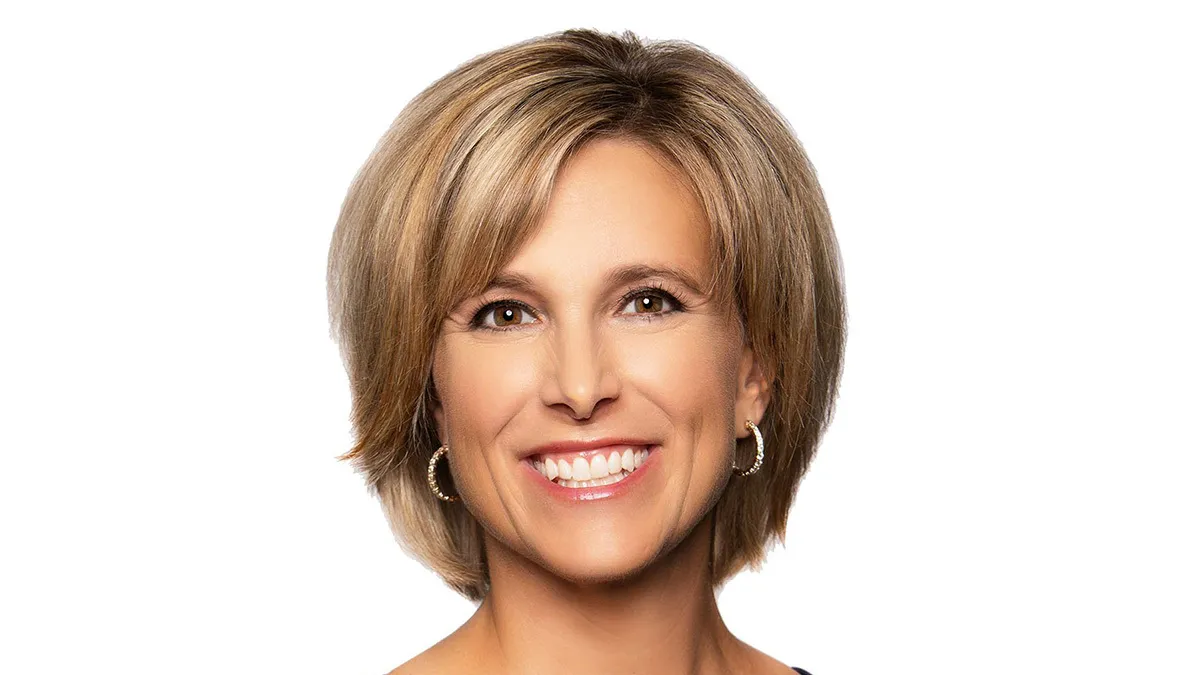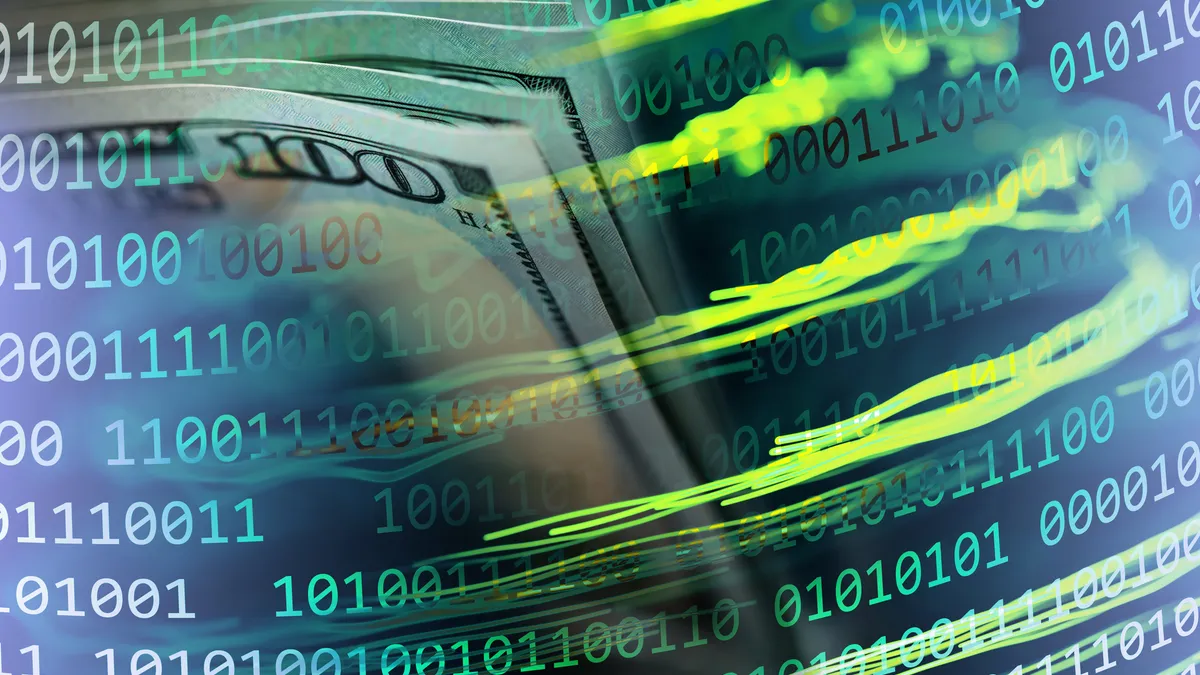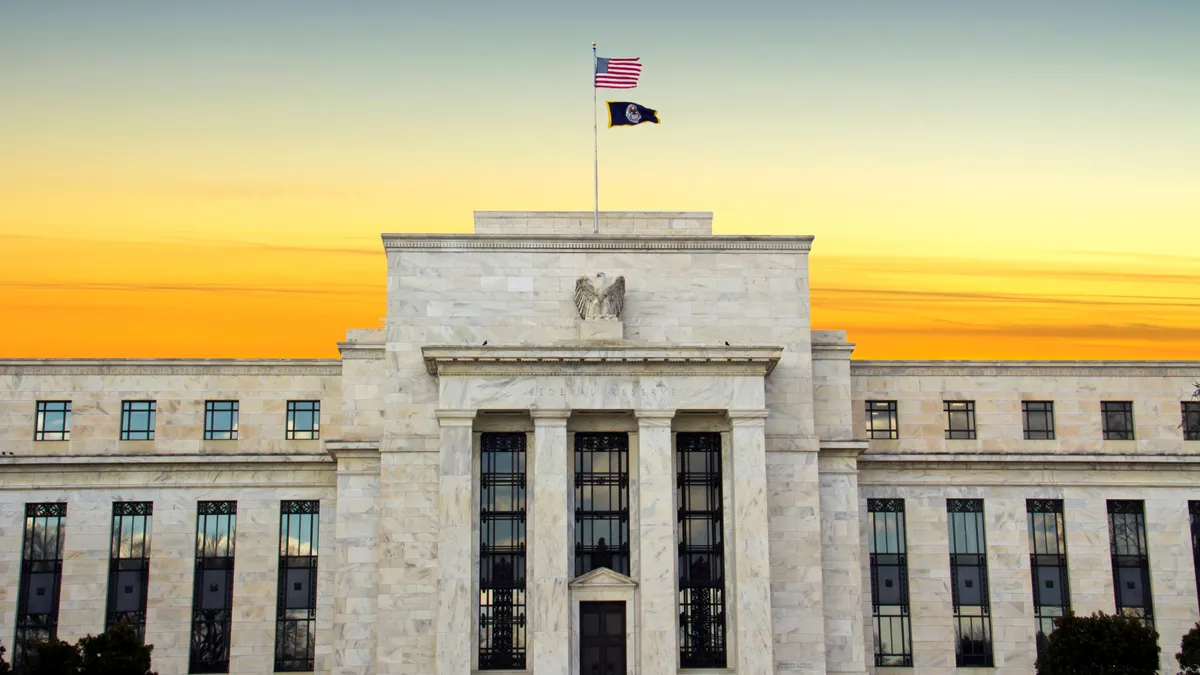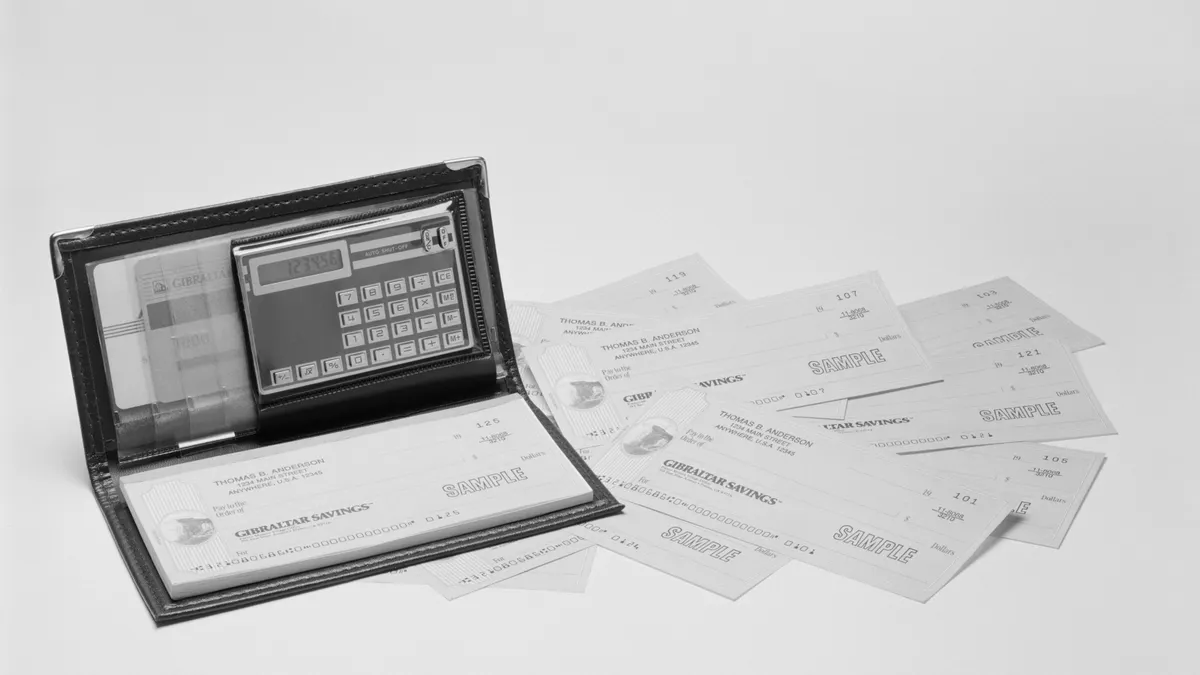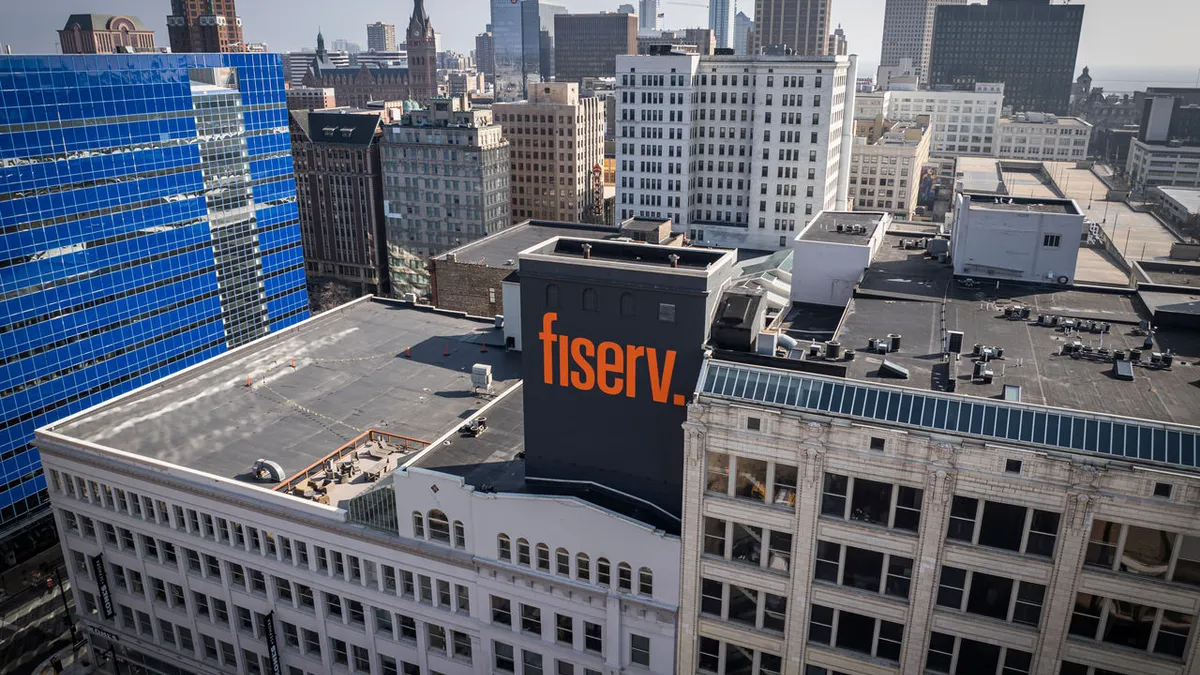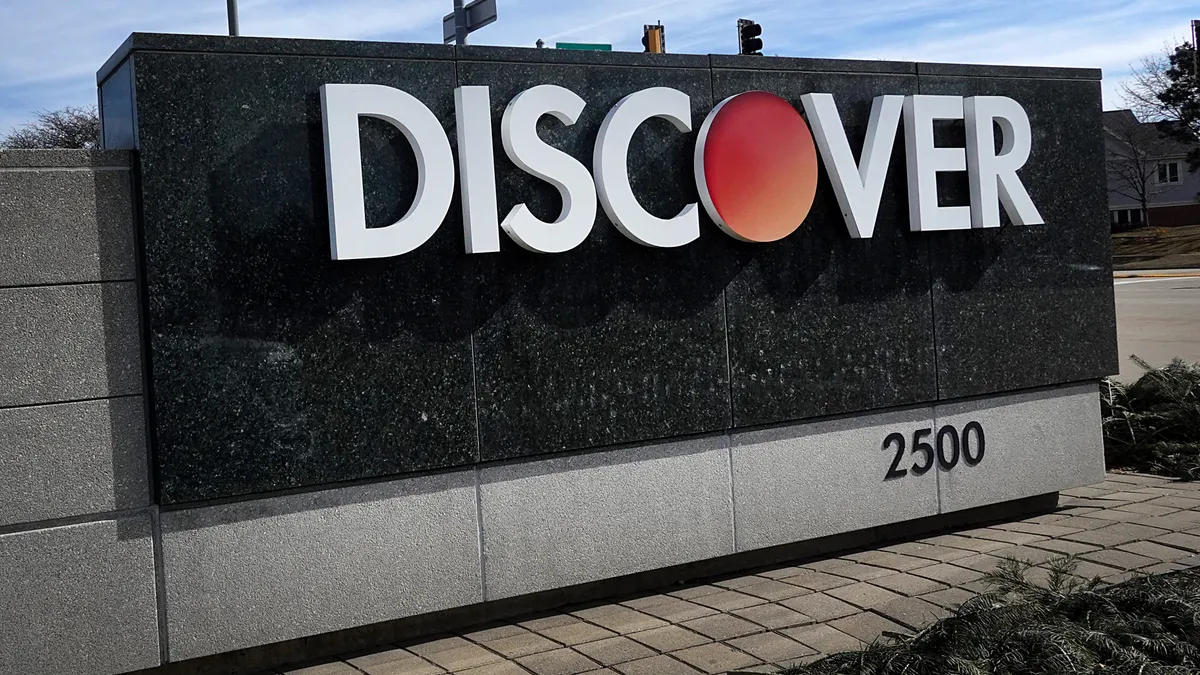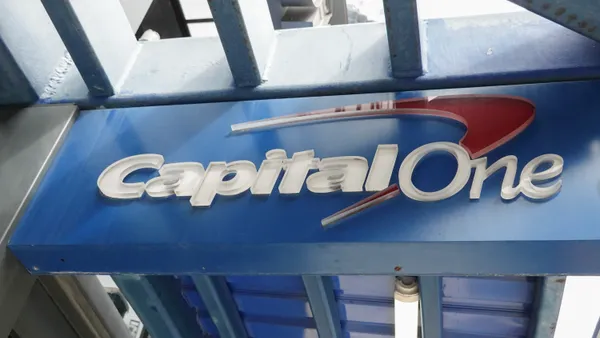As digital payments company Block looks to expand Cash App's reach and further engage users, the company has dialed up marketing spending focused on the app.
San Francisco-based Block, which changed its name from Square in December 2021, "meaningfully increased" sales and marketing spending for Cash App in 2021, according to a document the company shared during Block's fourth quarter earnings call Feb. 24. Square remains the name of the company's card reader for small and medium-sized businesses.
Block's sales and marketing expenses were $485 million in the fourth quarter of 2021; Cash App marketing expenses were up 40% year-over-year. Cash App had about 44 million monthly active accounts as of December 2021.
After an analyst commented on the customer acquisition cost increase during the call, Block CFO Amrita Ahuja noted Cash App’s rising profitability "is what we’re investing behind here."
Where Cash App has benefited from network-driven acquisitions in the past, Block has upped spending over the past year on paid marketing to target new audiences and drive higher product adoption for Cash App, Ahuja said. Its customer acquisition cost jumped from $5 to $10, "to acquire a net new active customer in 2021, versus the historic $5, which frankly you could argue was too efficient."
That $10 "is still lower than other neobanks and a fraction of what a traditional bank would spend to acquire a new customer," Ahuja said, and the Return on Investment has been sound.
Block CEO Jack Dorsey said Cash App’s marketing will reflect the "uniqueness" of the brand, which has served it well, "especially when you consider the competition that we have in other banking services, and how dry and somewhat boring they are in comparison."
Advertising costs and costs associated with customer incentives — like bitcoin giveaways — are included in customer acquisition costs, which are under the overall marketing umbrella, a company spokesperson said by email. Also included: ads and partnerships with professional athletes and musicians, as well as with creators on social media platforms like Snap, TikTok and Instagram.
The company also considers free services such as stock investing, Cash App Tax and certain Cash Card and peer-to-peer services offered to customers to be marketing initiatives, the spokesperson said.
In the second half of 2022, the company expects year-over-year growth rate improvements for Cash App. Cash App’s gross profit growth "is poised to exceed expectations," according to a report from Cowen Research analysts.
Dorsey's and Ahuja's comments reinforced their views of Cash App as a formidable competitor to neobanks and banking services, touting the addition of Cash App Tax and services for families as ways to acquire and engage new users. The peer-to-peer payment app introduced stock and bitcoin trading in 2019 and 2017.
Cash App's future tie-in of Afterpay — which Block bought last year — offers further opportunities, Ahuja and Dorsey said, potentially deepening the business relationship with millions of younger consumers. As Block fortifies Cash App with other products and services, competitor PayPal is focused on the same; companies like Walmart are entering the "super app" arena, too.
"We want customers to view Cash App as, really, a preferred banking platform," Ahuja said. Dorsey envisions Cash App becoming known as "the simplest way to handle all of your personal finances."
Cash App’s peer-to-peer aspect "has always been our strongest driver of usage," Dorsey said. But active users adopting more products and bringing more money into the app means greater monetization, Ahuja said.
Compared to those only using Cash App’s peer-to-peer function, Cash Card active users generated about five times more gross profit in the fourth quarter. The app's Marqeta-issued Cash Card had about 13 million monthly active users, and even with some moderation in January due to the omicron variant of COVID-19, Cash Card remained resilient, Ahuja said.
Based on the company's 2021 10-K filing, Baird Equity Research estimates the average Cash App cash balance to be about $64.
When asked during the earnings call about the rollout of Cash App in other regions, Dorsey said that "remains a major focus for the team," as they look to products and acquisitions to further global expansion.
After launching the ability to send money to the U.K., Dorsey said they’ve seen steady growth among U.K. customers and transaction frequency over the past year. And after the 2020 acquisition of Verse, a European financial mobile app based in Spain, Dorsey said they’ve observed more about peer-to-peer behavior in Europe.
"This was definitely an opportunity for us to learn about how we move next around the world," Dorsey said. Block will continue to expand Cash App products globally and make acquisitions within markets that have similar behaviors, he added.
Ahuja said Afterpay comes into play here, too: A notable portion of its customer base is outside the U.S., especially in Australia, "where there’s a significant opportunity to leverage the flag that Afterpay has already planted so well, for Cash App," Ahuja said.
Block completed the acquisition of Australian buy now-pay later provider Afterpay on Jan. 31, and has begun offering it as an integration for Square Online merchants in the U.S. and Australia.
Excluding bitcoin, Block's net revenue for the fourth quarter of 2021 was $2.12 billion, up 51% year-over-year. Net revenue for all of 2021 was $7.65 billion, a 55% increase over 2020.







